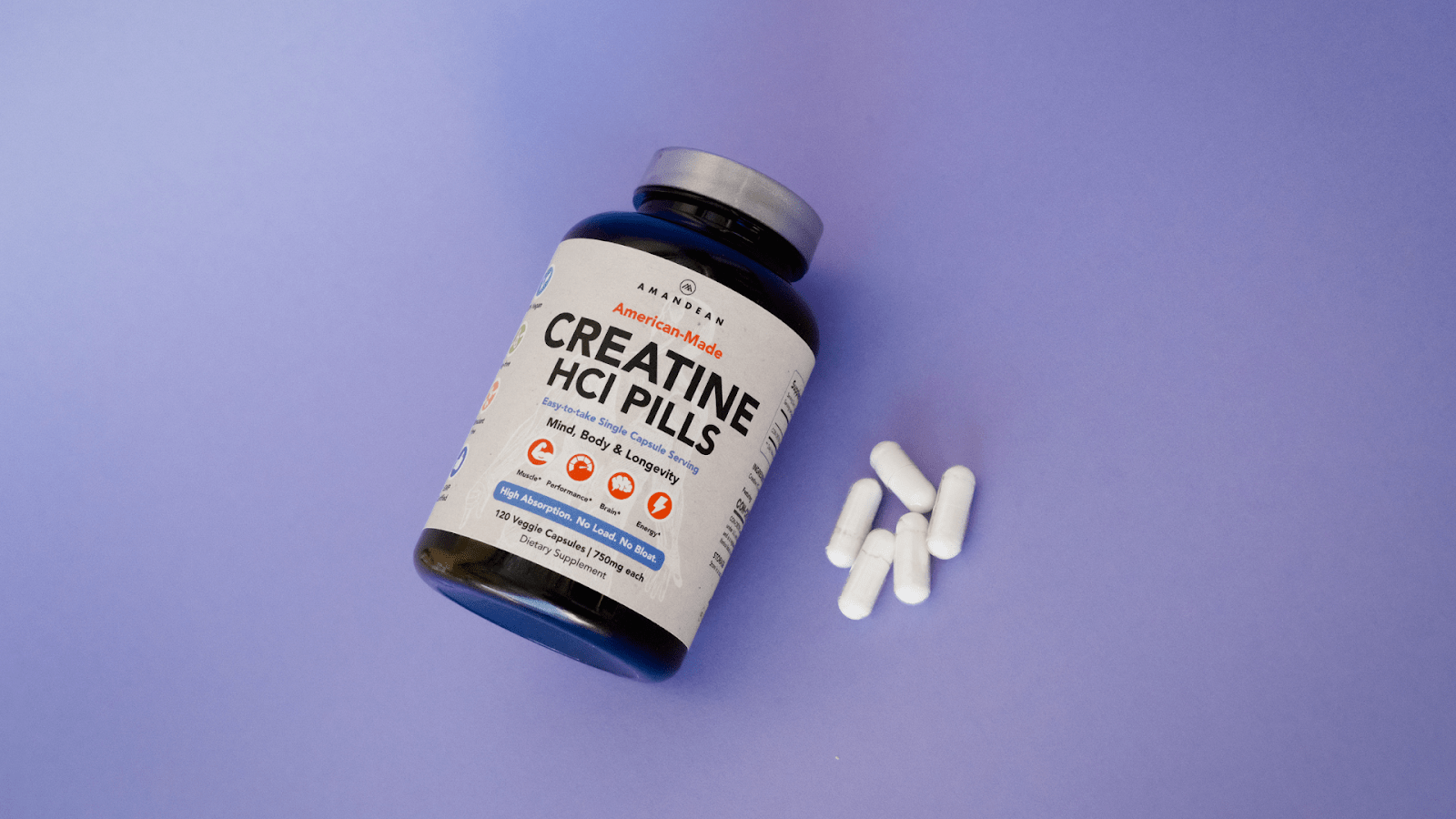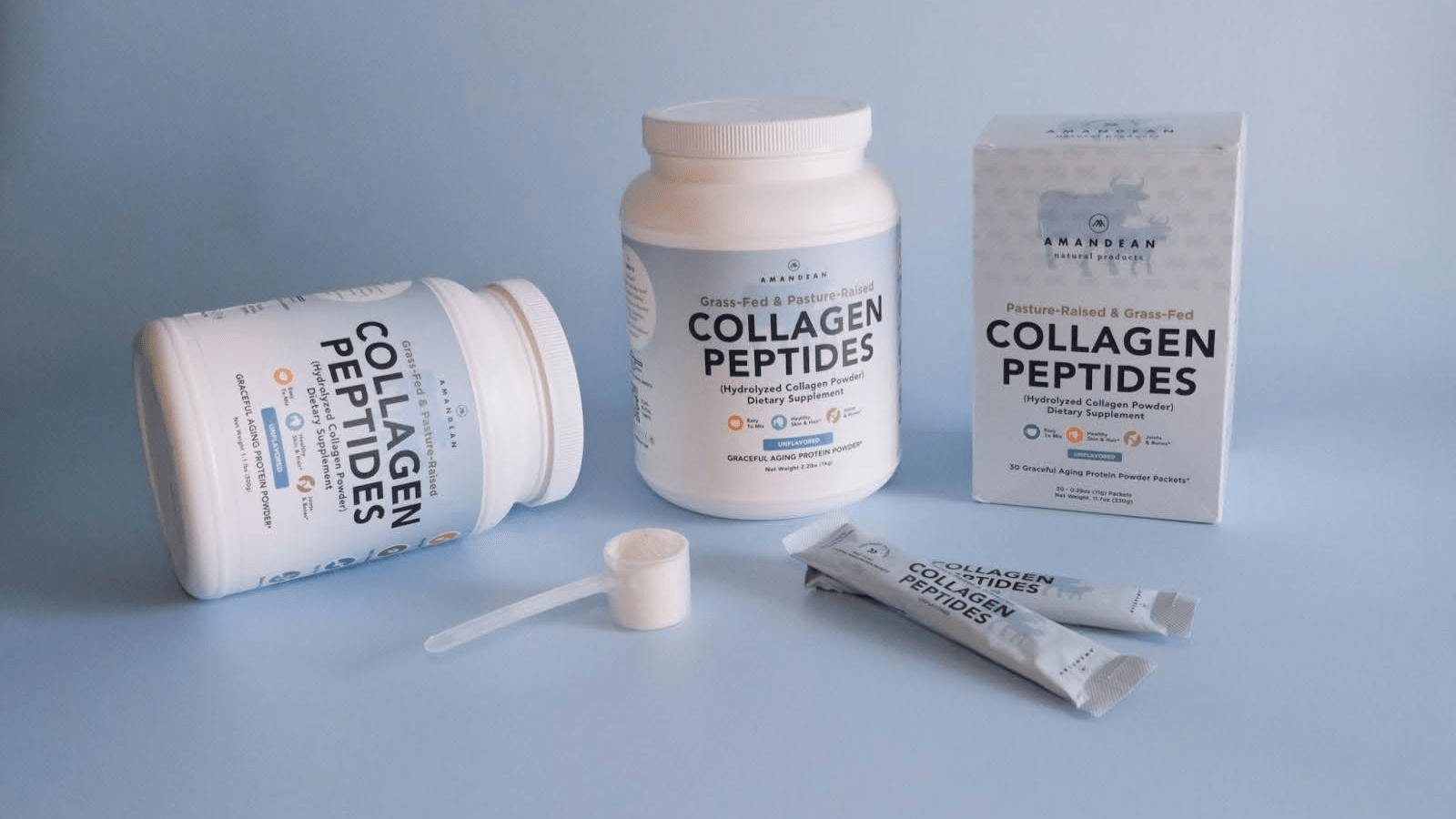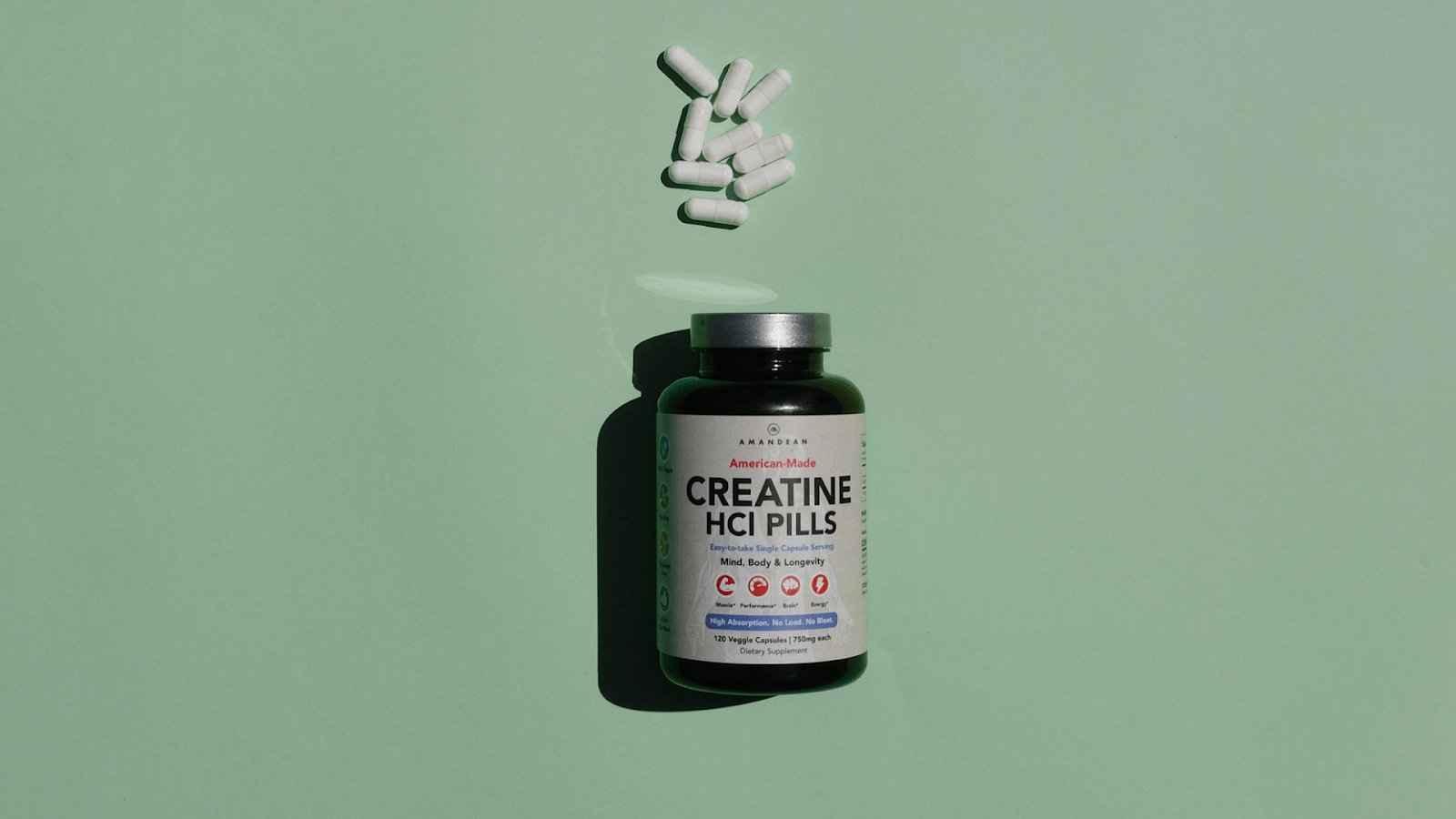Your Cart is Empty

August 31, 2020 6 min read
It is obvious that for some people, such as dancers or gymnasts, flexibility is required by default. The movements of bending, twisting, and turning in ways you couldn’t fathom doing yourself are simply built into the activity. The last time you may have even put the word flexible next to your name may bring you back to your younger years when you could do the splits or simply reach down and touch your toes without bending your knees. You may notice how flexible (or inflexible) you are when warming up at the gym and stretching out a bit. If that is a part of your routine, that’s great. We encourage you to keep it going because flexibility is very important for healthy aging.
Flexibility is the range of unrestricted motion in a joint or a series of joints or muscles. In other words, flexibility is the capacity of your muscles to stretch. The muscles in our bodies are made up of muscle fibers and cells grouped together and wrapped in connective tissue (fascia). Muscles are made to contract and stretch. Some people are more flexible than others, but everyone should have basic mobility. Flexibility can be increased through certain exercises and stretches. A person’s level of flexibility depends on many variables, including a lack of physical activity or stretching. The soft tissues around the joints, including --muscles, ligaments, tendons, joint capsules, and skin--impact the range of motion of a particular joint. For example, if the muscles are too tight, the joint's ability to move and perform everyday tasks is limited. If you never stretch, especially before or after performing physical activity, the soft tissue surrounding a joint can become fatigued and shortened over a period of time.
Flexibility is often thought to be an importance reserved for those who play sports, exercise, or perform some form of intense physical activity. You may think that if you aren’t doing anything of the sort, flexibility is not important, however, being inflexible can come with negative effects on the body. As mentioned before, a minimum range of mobility is important for health. The full range of motion helps the cartilage and joints stay healthy because the movement increases blood supply and nutrients to the joints.

Muscle fatigue is a result of inflexibility in the muscles because if the muscles are inflexible and tight, opposing muscles have to work harder, leading to muscle injury.
Take our quiz and find which supplements your body is craving.

Strength Training is important for improving flexibility because as you gain flexibility, the muscles must have the correct amount of tension in order to support your body and its movements.
Flexibility Trainingis the most important (and obvious) part of improving flexibility. Focusing on stretching the body with effective techniques that cover all major muscle groups can increase your flexibility. This can be done alone or under the direction of a physical therapist.
Dynamic Flexibility: This is the ability to move the muscles and joints through their full range of motion during active movement. This kind of flexibility improves your body’s ability to reach the full potential of movements when performing daily activities, exercises, and even sports. Dynamic flexibility improves performance and reduces the risk of injury. Stretching to achieve dynamic flexibility is typically done before you perform an activity in order to warm up the muscles.

Static Flexibility:This is the ability to hold an extended position at one end or point in a joint’s range of motion. In order to improve static flexibility, perform static stretching by holding a challenging yet comfortable position for 10-30 seconds. Static stretching is very common, and you have probably performed this technique without even realizing it. Think about a time you reached down to touch your toes while standing with your legs outstretched. Yes, that is a static stretching technique that focuses specifically on the hamstrings.
Relative Flexibility: Relative flexibility is an increase in mobility or frequency of movement in a joint adjacent to a body part with restricted mobility. Relative flexibility accounts for overuse or sprain of a joint that is a result of stiffness in an adjacent joint.
Flexibility is important at all ages. However, maintaining flexibility as you age is beneficial in reducing the risk of age-related injury, as well as maintaining good balance and keeping a good range of mobility so that you can keep doing the things you love.
As we age, muscle strength and size decrease and joints become stiff and less flexible. It’s important to do all you can to maintain healthy levels of flexibility in order to prevent injury and promote healing. Maintaining a consistent flexibility training routine can help ensure that stiff joints and muscle tightness do not get the best of you and cause unnecessary injury.

Building flexibility is primarily a physical task, but like most things, it is something that can and should also be addressed from the inside out. As you begin to focus on flexibility it may be beneficial to incorporate the following supplements into your daily routine for an extra boost:
Flexibility is necessary for everyone at all ages, not just those looking to improve athletic performance or prevent sports injury. Stretching is the best way to improve flexibility; however, it is important to note that flexibility alone will not prevent injury -- it will only reduce the chance of it happening. Learning proper stretching techniques and routines is important, especially as a beginner. This way, you can avoid overuse and damage. Practice makes perfect and consistency is key!
Flexibility can be defined as the ability of your muscles to stretch, and it is extremely important in order to avoid injuries.
Many internal and external factors limit flexibility, including body temperature, consistency, and even gender.
Both strength and flexibility training may improve your overall flexibility.
Flexibility can be static, dynamic, and relative. It also decreases significantly as we age.
Specific supplements like collagen, omega-3, Boswellia, and glutathione can help to promote flexibility & mobility as we age.

October 17, 2025 8 min read
Find out why creatine is better for vegans! Boost your wellness game and unlock peak performance with Amandean's premium supplements today.

October 16, 2025 7 min read
Learn whether collagen in coffee is just another wellness fad. Examine the facts, benefits, and how to use collagen in coffee for beauty and joint support.

September 22, 2025 9 min read
Unlock the full benefits of creatine for women. Boost energy, beauty, and brainpower with Amandean’s clean formulas.